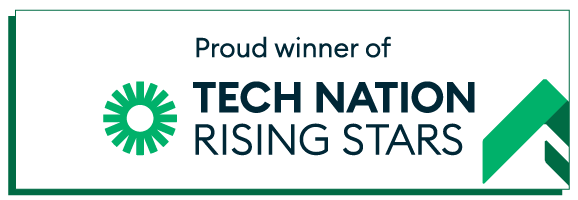Blog – Top 5 punctuation rules we all get wrong…and AI surprisingly get’s right!
There are few things more human like than the invention of punctuation. The staggering number of mistakes we all manage to make is even more baffling considering that these marks and dots have been around since antiquity.
It’s Back to School time and today we have a look at the 5 worst offenders.
1. Where to put a comma?
Perhaps the mightiest of all dashes in English history has to be our beloved comma. In fact, some of us are so in love with it, we overuse it at every opportunity. We’ve all heard the ongoing kerfuffle surrounding the so called “Oxford comma”, also known as the serial comma. Some say to always place one just before the last term in a list (and before the conjunction, such as and or or). Other people (mainly from Cambridge) say you shouldn’t bother at all or put it after the conjunction. Take your pick.
2. The semicolon
Probably the most contentious mark of them all, and most still don’t know how to use one correctly, let’s be honest. Essentially, a semicolon joins two interconnected sentences. Example: I am British; he is not. But just to add to the confusion, you can’t use a semicolon for dependent sentences. For example, Although she is firm, she is kind. Alternatively if this is too mind boggling, you can just use a comma in all circumstances.
3. The apostrophe
On to the humble apostrophe, and aside from its unusual spelling and pronunciation, its usage is regularly contested and muddled. The flying comma is most commonly confused in possessive pronouns. Essentially it’s “‘s” after the majority of singular nouns, including some of those ending in an “s” e.g. James’s, but some chose to leave the last S out in the latter case. In all circumstances, the last S is omitted from plural nouns, e.g.the boys’. But by the far the most common trip up is “its” and “it’s”. Rather than behaving itself and conforming to the standard rules regarding possessive pronouns, “its” likes to be different and is spelt without the apostrophe. When spelt with an apostrophe, it is a contraction of “it is”.
4. The quandary of quotation marks
Quotation marks are tricky things, in part because most of us don’t write them half as much as we say them. If there’s one grammatical nuance that divides opinion, it’s whether to use double or single quotation marks. In theory, both can be used interchangeably and mean exactly the same thing. In the UK there was a traditional preference for single quotation marks, but doubles are now also constantly used.
Quotation marks tend to be deployed for two purposes, a) to denote a speaker, and b) to draw attention to a particular term or proper noun. In the case of speech marks there is another debate to be had on whether a comma or a colon should follow the speaker’s name (or indeed nothing at all). Also with speech marks, full stops should be placed within them, whereas they should be on the outside for emphasised words or phrases.
5. Too many dashes
For an article all about the positioning of dots and dashes this might seem like an unusual way to round off, but it’s true that we’ve become addicted to dashes to the extent that 20 clause sentences are no longer unheard of. At JUST: we have a particular preference for the “double dash” on transcripts because it’s clearer and shows up better, but wherever we can we just stick with a good old comma. I did say at the beginning they were beloved.
Why not simplify your next assignment and have JUST:’s clever little speech-to-text engine do the hard work for you, by simply uploading an audio recording.
Why not simplify your next assignment and have JUST:’s clever little speech-to-text engine do the hard work for you, by simply uploading an audio recording.
Try all our features for 7 days. No card required.


